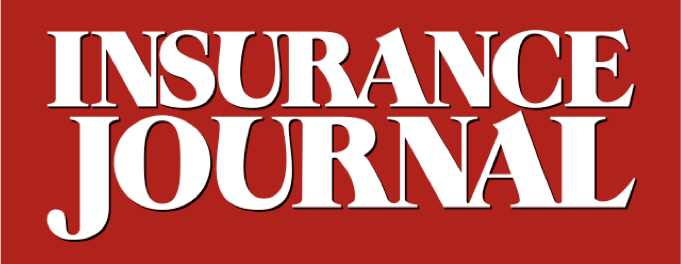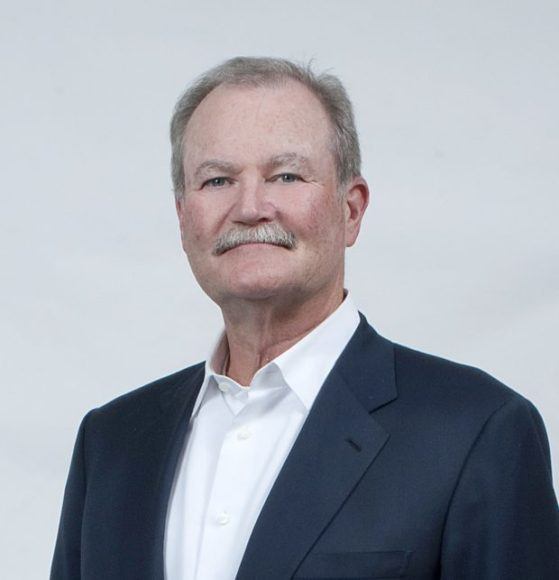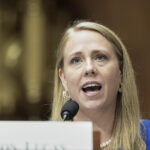Brian Duperreault, who rejoined American International Group Inc. as chief executive officer last year to turn the company around, remembers another era when the insurer was trying to blaze a trail toward greatness.
In 1973, Duperreault arrived at AIG’s old Lower Manhattan office to interview for an actuarial position. The company’s name was painted on the brick exterior of the building and linoleum tiles were missing from the floor inside, leaving spots of exposed cement and old, dried glue.
He was 26, fresh out of the U.S. Army and knew nothing about the insurance business, but Duperreault was sold on AIG’s scrappy vibe and high-energy employees.
“I had made a choice with my heart and not with my head,” he said in an interview. “But it worked out pretty well.”
Now 71, Duperreault is taking a different gamble at the other end of his career, trying to restore lost shine to a company that has struggled ever since a $182 billion taxpayer bailout saved it from collapse in 2008.
AIG finished repaying the debt, plus a $22.7 billion return, in 2012, but is still wrestling with the consequences of its near-death, including the sale of prized businesses to repay the U.S. government, and a post-bailout talent drain.
In two interviews, Duperreault detailed plans to expand AIG’s international reach, improve underwriting practices and make employees feel proud to work at AIG, but also more accountable for performance.
As AIG’s sixth CEO in a decade, Duperreault is bringing back some practices from the era of Maurice “Hank” Greenberg, the man who built AIG into a global insurance colossus. For example, Duperreault is letting business heads set their own budgets and performance goals, and giving underwriters more autonomy.
Duperreault is also hunting for acquisitions that will boost performance and reestablish AIG’s broad reach outside the United States.
Possible targets could include an international life or an employee benefits business. The latter would enhance AIG’s Life and Retirement business and could also cater to commercial customers who have asked for the service, people familiar with the matter said.
SMART RISK-TAKING
But Duperreault’s most critical task is overhauling AIG’s underwriting culture after years spent chasing revenue growth without appropriately weighing risks.
Duperreault and his deputies have been telling staff to be more selective about clients and wind down or revise unprofitable policies. AIG is also buying reinsurance to mitigate losses on old business.
“Why are we performing badly when others are performing okay or pretty good?” Duperreault said. “It really just goes back to smart risk-taking. You can’t play every hand.”
Duperreault’s immediate challenge, as he describes it, is to get the company underwriting risks profitable again – a key measure of an insurer’s performance and something AIG has not done since 2007. Then he wants to get it growing again.
Duperreault has told investors AIG will break even on underwriting by the start of 2019, which is only a “waypoint” on a path to richer profits, he told Reuters.
Since taking the helm, Duperreault has hired more than a dozen senior executives and 125 senior underwriters to help execute his vision. Many have previously worked at AIG.
Duperreault’s own $43.1 million in 2017 compensation is the largest of any AIG CEO since Greenberg left the company in 2005, according to filings.
Proxy advisory firms Institutional Shareholder Services and Glass Lewis criticized pay for Duppereault and other executives ahead of AIG’s annual meeting in May, arguing that the company was not performing well enough to lavish tens of millions of dollars upon top executives.
Just 62 percent of voting shareholders signed off on compensation, far below the roughly 90 percent support S&P 500 companies typically receive, according to compensation consulting firm Semler Brossy.
Some analysts say Duperreault’s strategies make sense, but success is far from guaranteed. Last year, AIG reported its lowest revenue and worst loss since the financial crisis, and this year has not been much better.
“I think he can get the process started,” said Sandler O’Neill analyst Paul Newsome. “But it will take a very, very long time to get it back to what it was before, if that’s even possible.”
AIG shares have lost more than 95 percent of their value since 2007, including 11 percent since Duperreault’s hiring.
Valued at $47.4 billion, AIG is now worth about half of AIA Group Ltd, a former life insurance subsidiary it spun off to reimburse taxpayers, and one-fifth of its peak value of $239 billion in 2000.
EVERY DOLLAR
In response to criticism about compensation, Duperreault said that, in his view, every dollar that goes toward hiring people who can profitably grow revenue is a dollar well spent. “If you hire people to make money, that’s probably something you should continue doing,” Duperreault said.
Some on Wall Street welcome his top-tier hirings. “All of those people left their jobs in high-up positions across the industry to go help Brian fix AIG,” said Wells Fargo analyst Elyse Greenspan.
Before he left AIG in 1994 to head a company himself, Duperreault had spent more than 20 years rising through the ranks under Greenberg’s tutelage.
Duperreault then headed ACE Ltd., transforming it from a niche insurer into a global powerhouse, and in 2008 became CEO of Marsh & McLennan Companies Inc. to reinvigorate the troubled insurance brokerage after it settled a bid-rigging case.
At AIG, Duperreault has also been working to improve relations with regulators.
One of Duperreault’s early challenges was getting AIG off the list of Systemically Important Financial Institutions, or SIFIs, that regulators drew up after the financial crisis.
The company had previously been trying to convince regulators that AIG was no longer a risk to the financial system after selling or winding down some $560 billion in assets and ditching the derivatives business that nearly capsized the company in 2008.
But it was on Duperreault’s watch that the council of top regulators removed AIG’s SIFI shackles last September.
He also had to win over state insurance regulators for his plan to move discontinued business lines to a separate reinsurance unit in Bermuda, a global insurance hub where the unit has favorable requirements for capital it has to set aside.
State regulators were initially concerned about moving those businesses out of their oversight, but after Duperreault spoke to the regulators and created a new executive-level regulatory affairs position, AIG was able to establish the unit, called DSA Re.
“I think we were able to create a level of comfort that this was a well thought-out transaction with a concrete business rationale,” said Thomas Leonardi, a former Connecticut insurance commissioner and investment banker who took up the new role at AIG last year.
Last month, Carlyle Group LP agreed to buy nearly 20 percent of DSA Re. The investment could spur more deals, analysts said.
Other deals Duperreault has struck include buying Bermuda-based reinsurer Validus Holdings Ltd. for $5.56 billion in July, and a UK group life insurance specialist from Munich Re for undisclosed terms in June.
Finding more acquisition targets that meet his criteria has been difficult, Duperreault said.
Duperreault is looking for a company in a large market with a mature legal system that does not cost too much.
“It’s better to buy than not buy – but I don’t have to,” he said. “There is so much profitability to be gained by getting more out of the premiums we currently have.”
(Reporting by Suzanne Barlyn Editing by Lauren Tara LaCapra and Tomasz Janowski)
Topics USA Underwriting Leadership AIG
Was this article valuable?
Here are more articles you may enjoy.



 Insurance Industry ‘Megadeals’ Dominate 2025, Says PwC
Insurance Industry ‘Megadeals’ Dominate 2025, Says PwC  CEO Sentenced in Miami to 15 Years in One of the Largest Health Care Fraud Cases
CEO Sentenced in Miami to 15 Years in One of the Largest Health Care Fraud Cases  Head of EEOC Urges White Men to Report Discrimination
Head of EEOC Urges White Men to Report Discrimination  Brown & Brown Files Suit Over Alleged Howden Poaching of 200+ Employees
Brown & Brown Files Suit Over Alleged Howden Poaching of 200+ Employees 

